

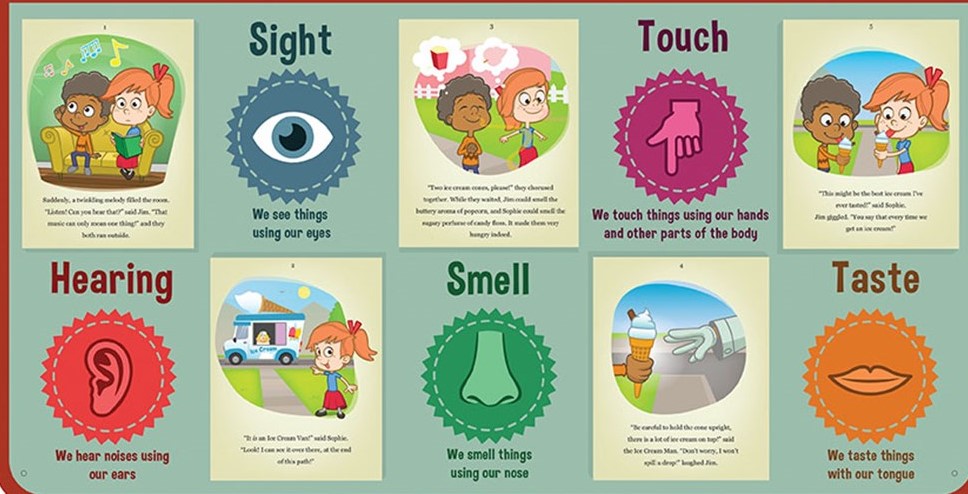
Your body has five amazing ways to explore the world! Your eyes help you see colors and shapes. Your ears let you hear sounds. Your nose helps you smell different scents. Your tongue lets you taste yummy foods. And your skin helps you feel textures and temperatures. These senses work together to help you understand everything around you!
Difficulty: Easy
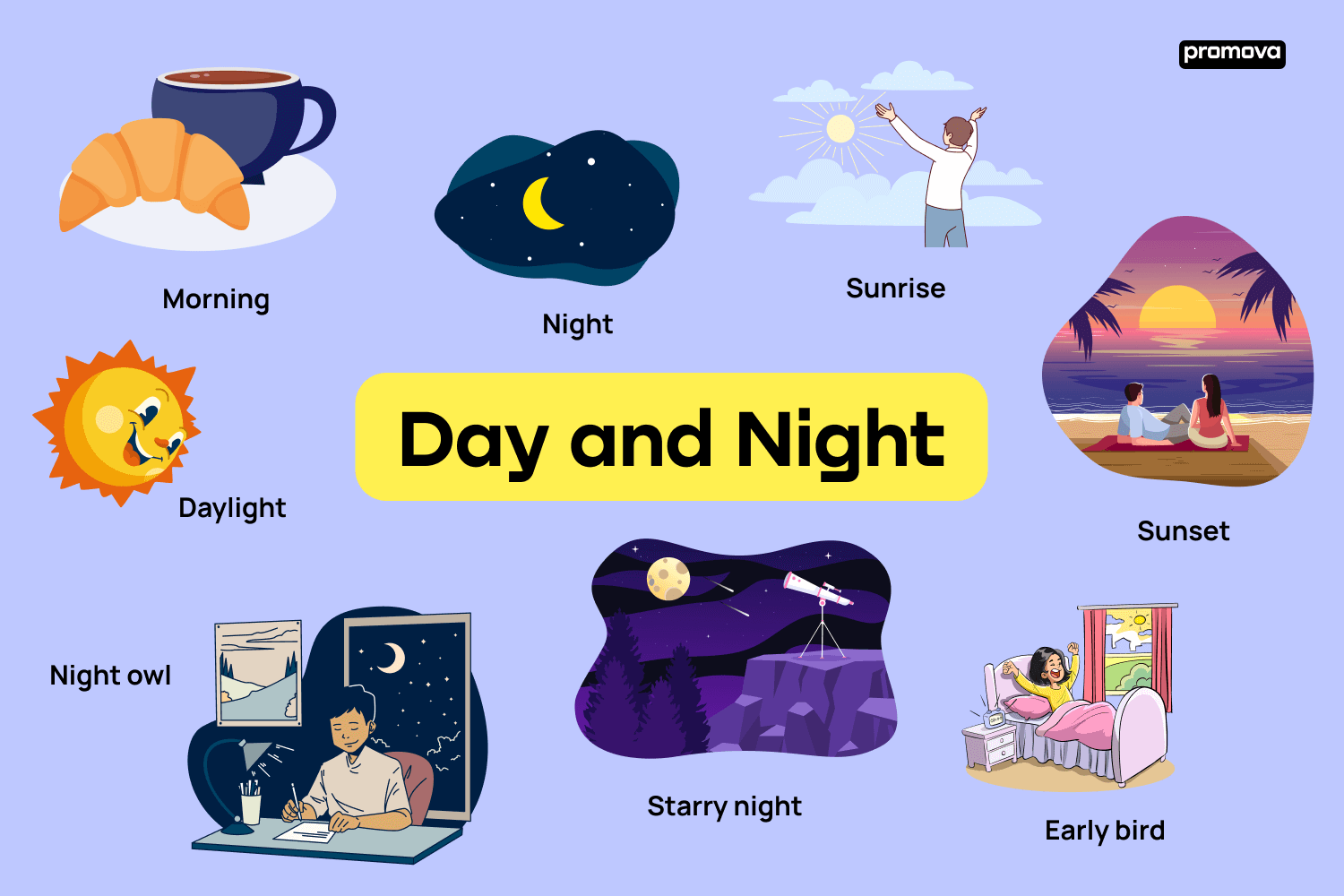
Did you know that Earth is always spinning? It's like a giant merry-go-round! When our part of Earth faces the Sun, it's daytime and we have light. When our part turns away from the Sun, it becomes nighttime and it's dark. This spinning takes 24 hours, which is why we have day and night every day!
Difficulty: Easy
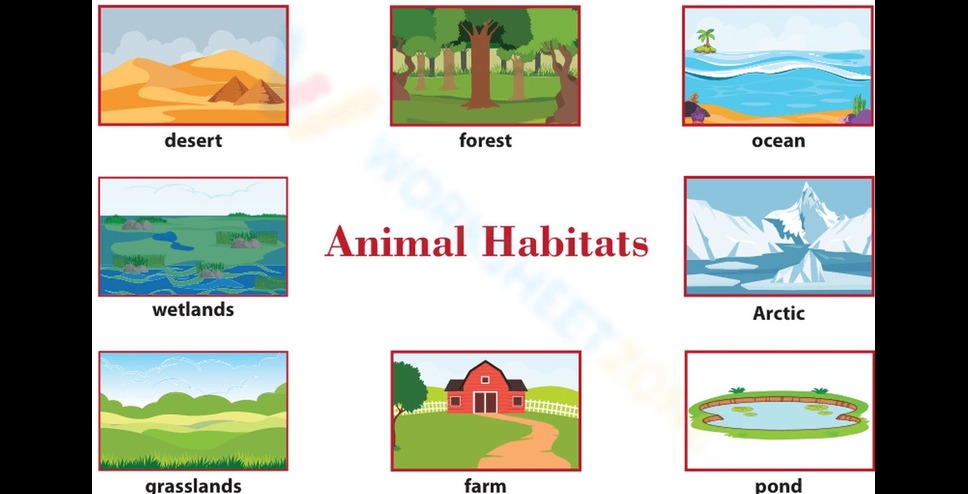
Animals live in many different places called habitats. Some animals live in forests with lots of trees. Others live in hot, dry deserts. Some animals make their homes in cold, icy places. And many creatures live in the ocean! Each animal has special features that help it survive in its habitat. For example, polar bears have thick fur to stay warm in the Arctic!
Difficulty: Easy

Weather is what's happening outside every day. It can be sunny, rainy, windy, or cloudy. Weather can change quickly! Scientists use special tools to measure things like temperature, wind speed, and rainfall. Understanding weather patterns helps us know what to expect and how to prepare. In Kenya, you might see more rain during certain months of the year!
Difficulty: Medium

Butterflies go through an amazing change called metamorphosis. It starts with a tiny egg. The egg hatches into a caterpillar that eats lots of leaves and grows bigger. Then, the caterpillar forms a chrysalis around itself. Inside the chrysalis, it changes into a beautiful butterfly! When it's ready, the butterfly comes out and can fly. This whole process is called a life cycle.
Difficulty: Medium

A circuit is like a path for electricity to travel. It needs a power source (like a battery), wires to carry the electricity, and something that uses the electricity (like a light bulb). When you connect everything in a loop, the electricity can flow and make things work! This is how many of our gadgets and toys operate. If the loop is broken, the circuit is "open" and won't work.
Difficulty: Medium

A food chain shows how energy moves from one living thing to another. It starts with plants that get energy from the sun. Animals that eat plants are called herbivores. Animals that eat other animals are called carnivores. When living things die, decomposers (like bacteria) break them down. This cycle of energy keeps nature in balance!
Difficulty: Medium
A rainbow is like nature's colorful smile in the sky! It has seven main colors: Red, Orange, Yellow, Green, Blue, Indigo, and Violet. You can remember them with the name ROY G. BIV. Rainbows appear when sunlight shines through water droplets in the air. Each color bends at a different angle, creating this beautiful arc of colors!
Difficulty: Easy

Plants are like superheroes with different parts doing special jobs! Roots drink water from the soil. The stem is like a straw that carries water up to the rest of the plant. Leaves catch sunlight to make food. Flowers make seeds to grow new plants. Fruits protect the seeds. All these parts work together to help the plant grow and thrive!
Difficulty: Easy

Everything around us is made of matter, and it can be in three main states: solid, liquid, or gas. Think about water - it can be solid ice, liquid water, or water vapor (a gas). Solids keep their shape, liquids take the shape of their container, and gases spread out to fill any space. When we heat or cool matter, it can change from one state to another!
Difficulty: Easy

The water cycle is like a never-ending merry-go-round for water! The sun heats up water in oceans and lakes, turning it into vapor (evaporation). This vapor forms clouds (condensation) and then falls back as rain or snow (precipitation). The water then flows back to oceans and lakes, and the cycle starts again. This process keeps our planet's water moving and recycling!
Difficulty: Easy

Simple machines are tools that make work easier. There are six types: lever, wheel and axle, inclined plane, pulley, wedge, and screw. A seesaw is a lever, a car uses wheels, a ramp is an inclined plane, a flag pole uses a pulley, a knife is a wedge, and a bottle cap is a screw. These machines are all around us and help us do many tasks with less effort!
Difficulty: Medium

Our solar system is like a big family with the Sun as the parent. Eight planets orbit around the Sun: Mercury, Venus, Earth, Mars, Jupiter, Saturn, Uranus, and Neptune. Each planet is unique - some are rocky, some are gassy, some have rings, and some have many moons. Earth is special because it's the only planet we know that has life!
Difficulty: Medium
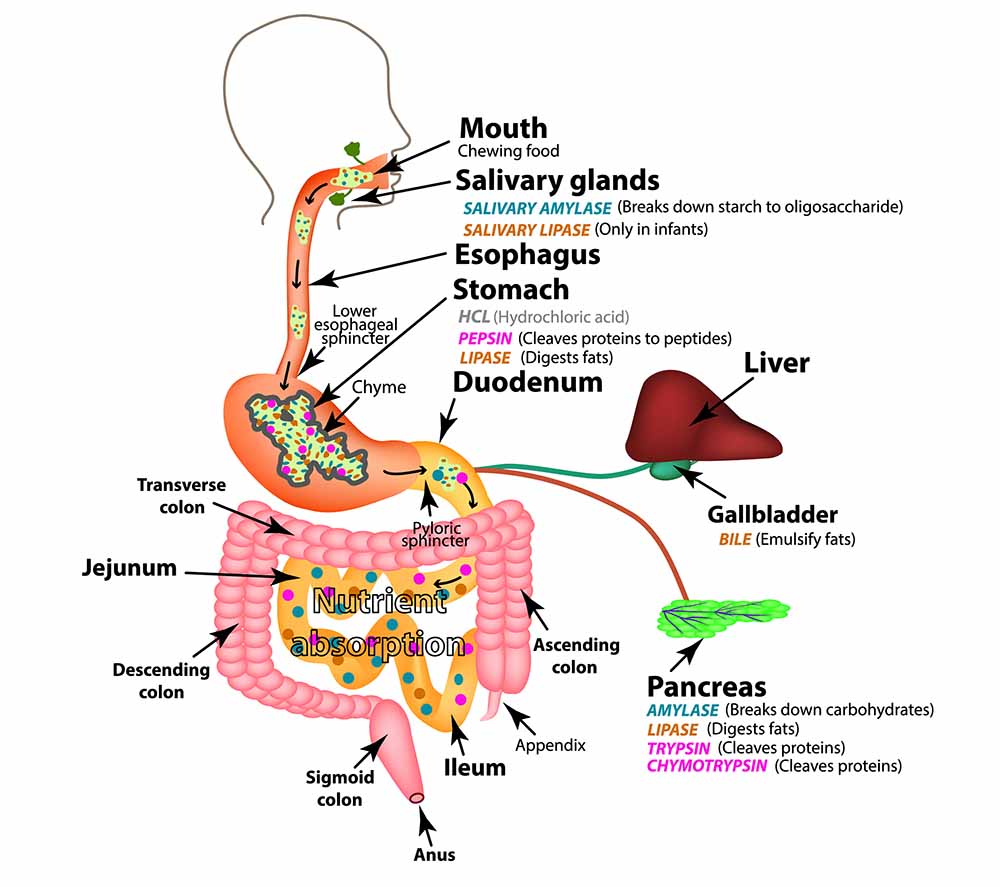
The digestive system is like a food factory in your body! It starts in your mouth where you chew food. Then the food slides down a tube called the esophagus into your stomach. The stomach is like a mixer that churns and breaks down food. Next, the small intestine absorbs nutrients from the food. Finally, the large intestine gets rid of what's left as poop. It's a long journey that turns your food into energy for your body!
Difficulty: Medium
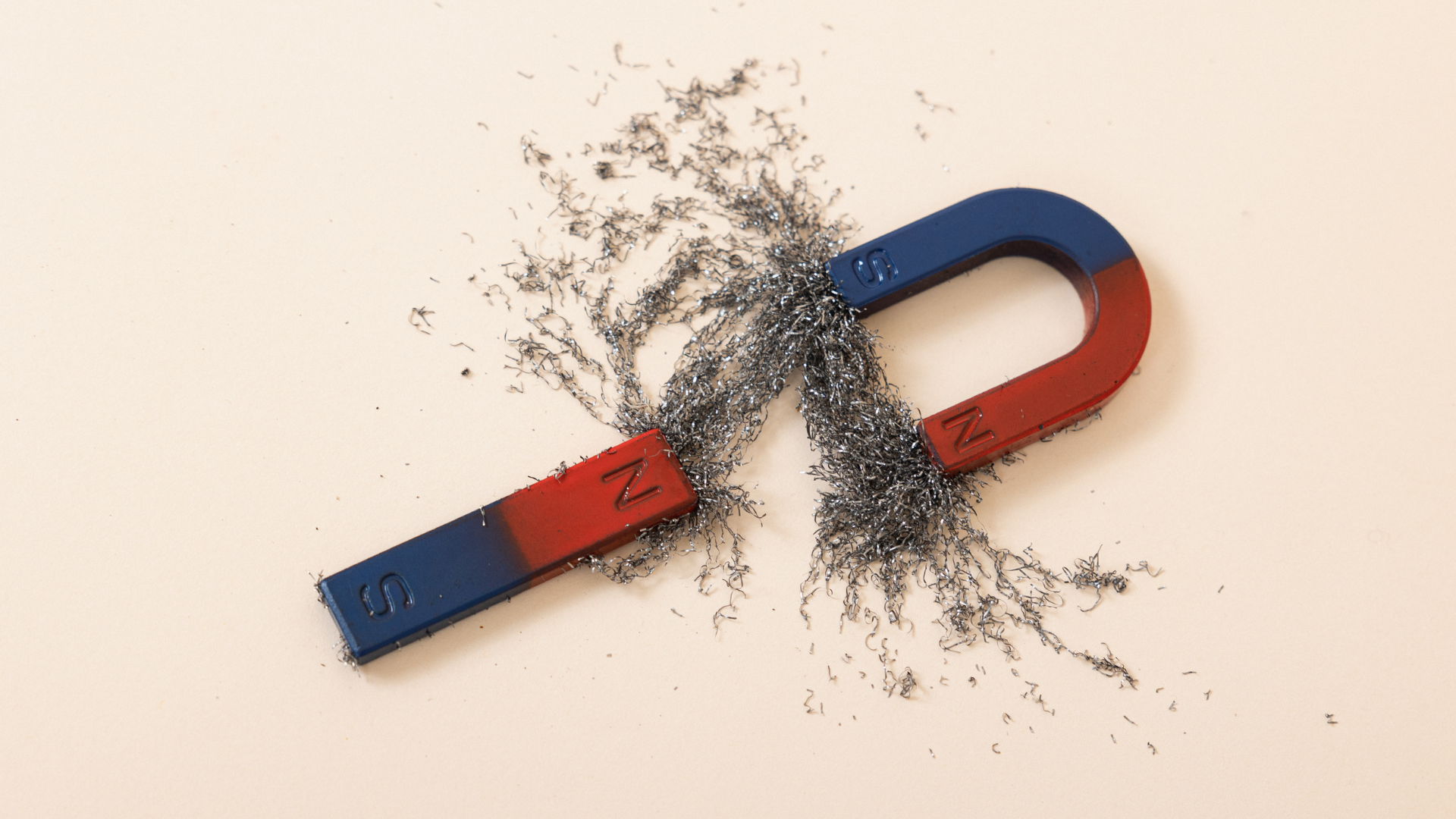
Magnets are like invisible superheroes! They can attract or repel things without even touching them. Every magnet has two ends called poles - north and south. Different poles attract, while same poles push away. The Earth is like a giant magnet, which is why compasses always point north. Magnets are used in many things, from refrigerator doors to computer hard drives!
Difficulty: Medium

Photosynthesis is how plants make their own food. They use sunlight, water, and carbon dioxide to create glucose (sugar) and oxygen. It's like having a tiny solar-powered kitchen in every leaf! The green pigment called chlorophyll helps capture sunlight energy. This process is super important because it provides food for plants and oxygen for us to breathe. Without photosynthesis, life on Earth would be very different!
Difficulty: Advanced

DNA is like a recipe book for your body. It's found in every cell and contains instructions for how you look and function. DNA is made of four chemical letters: A, T, C, and G. These letters spell out genes, which are instructions for specific traits like eye color or height. You get half your DNA from your mom and half from your dad, which is why you might look like both of them! Understanding DNA helps us learn about heredity and how living things evolve over time.
Difficulty: Advanced

Chemical reactions are like parties where atoms swap dance partners! When substances (reactants) come together under the right conditions, they can form new substances (products). This can involve breaking and forming chemical bonds. Signs of a chemical reaction include color changes, gas formation, temperature changes, or light emission. Chemical reactions happen all around us - from cooking food to burning fuel in cars!
Difficulty: Advanced
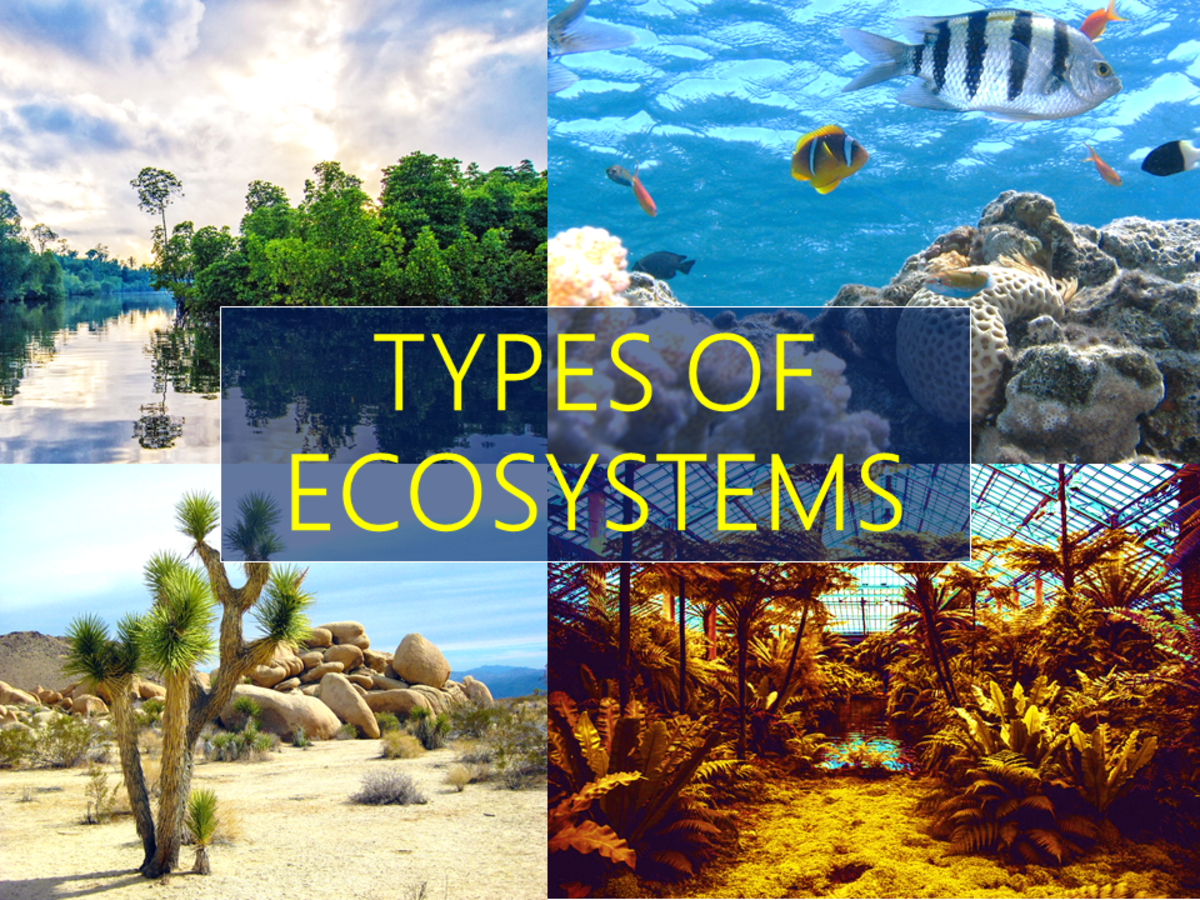
An ecosystem is like a big neighborhood where plants, animals, and their environment all live together. Everything in an ecosystem depends on each other. Plants provide food and oxygen, animals help spread seeds, and decomposers break down dead things to make soil. Energy flows through the ecosystem, typically starting with the sun. Ecosystems can be big like a rainforest or small like a pond. Keeping ecosystems healthy is important for all life on Earth!
Difficulty: Advanced

Your skeleton is like the frame of your body. It's made up of over 200 bones! Bones give your body shape, protect your organs, and help you move. The skull protects your brain, ribs protect your heart and lungs, and your backbone keeps you upright. Bones are alive and grow as you grow. They're strong but also light, which is pretty amazing!
Difficulty: Medium

Renewable energy comes from sources that don't run out. The sun gives us solar power, wind turns turbines for wind power, and flowing water can make hydroelectric power. These clean energy sources help protect our planet by reducing pollution. Many countries, including Kenya, are using more renewable energy to power homes and businesses!
Difficulty: Advanced

Cells are the tiny building blocks of all living things. When organisms grow or need to repair themselves, their cells divide to make more cells. This process is called mitosis. The cell copies its DNA, splits it evenly, and then divides into two new cells. This amazing process happens millions of times in your body every day!
Difficulty: Advanced
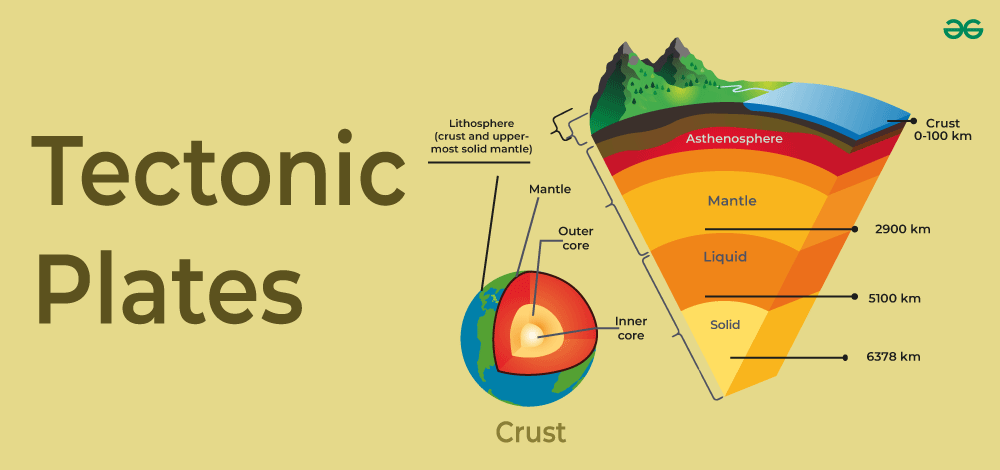
The Earth's outer layer is broken into big pieces called tectonic plates. These plates float on the hot, soft rock below and move very slowly. When plates bump into each other or pull apart, it can cause earthquakes, volcanoes, or mountain formation. This movement of plates explains why the continents look like puzzle pieces that could fit together!
Difficulty: Advanced

Your immune system is like your body's army that fights off invaders called pathogens (like bacteria and viruses). It has many different parts working together. White blood cells are like soldiers that attack germs. Antibodies are special proteins that tag enemies for destruction. When you get sick, it's often because your immune system is working hard to protect you!
Difficulty: Advanced